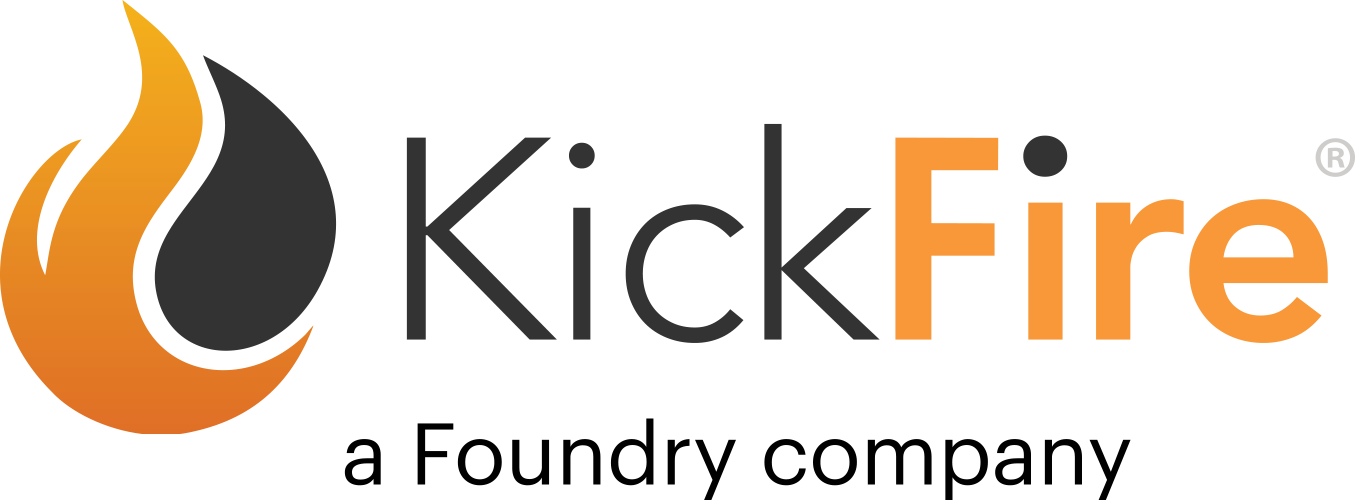In this second installment of Hell Bent on Intent, Tukan Das talks with Kamil Rextin, founder of 42 Agency, about his recent article “Does Intent Data Really Work?”.
Kamil believes the intent data industry as a whole is filled with false promises, snake oil, and plain old BS.
"There are a lot of vendors out there, they claim to be the magic silver bullet, but there is no silver bullet" - Kamil Rextin, 42/Agency.
So in this episode, Tukan and Kamil discuss the difference in what intent data claims to be versus what it actually is.
The problem with the term “intent data”
One big issue raised by Kamil is the exponential growth of the term “intent data” which has turned it into somewhat of a buzzword in the MarTech community. Kamil’s view is that there is too much emphasis on signals collected on third-party websites via cookies and other inferred audience signals (i.e., third-party intent) and not enough focus on real audience behaviors (i.e., first-party intent).
Intent data is a black box
Many intent data vendors out there are very vague when it comes to how their intent signals are collected and where they are coming from.
Organizations aren’t using the intent data they already have
71% of B2B companies with more than $10 million in revenue use three or more intent providers. However, many organizations have an intent data solution in place but are not using them for two reasons:
- They don’t know what to do with the information they have
- They don’t want to spend the time and effort to pursue intent-based leads
Inbound vs. outbound
There are a lot of feel-good stories out there about companies thriving after switching to a strictly inbound model and using intent data as a source of inbound leads. However, this paints an unrealistic picture of what intent data is and the sales and marketing landscape as a whole. We have to think about intent data as a little bit inbound and a little bit outbound. Yes, intent-based leads are good, but there is still a lot of leg work to be done in order to get them to a sales-ready stage.
42 Agency Use Case Example:
42 Agency’s target audience is all B2B SaaS companies with $5-30 million in annual revenue. In North America alone, a conservative estimate is 7,762 companies in their target market. 42 Agency’s target customer is Head of Marketing, CRO, VP of Marketing, etc. – again, estimating roughly three people at each company, that means a target audience of around 24,000 individuals. This is a very large audience size, and a spray and pray email campaign with generic language will not be effective. However, if 42 Agency could see a list of any company that:
- Raised series A funding in the past three months
- Recently hired a new CMO
- Installed a HubSpot, Facebook, or LinkedIn ad pixel on their website
- Commented on a LinkedIn post from another Agency
- Just hired five BDRs
These companies may not have read an article about 42 Agency on Forbes or seen their profile on G2, but based on these trigger events, it’s fair to say that this would be a good list for 42 Agency’s BDR team to contact.
About the Show:
Intent data is everywhere. But can B2B marketers use it to impact revenue? Does it even work? In each episode, we go deep into the industry with experts and even sit down with skeptics to lift the black box around intent data. Our goal is to break down what this data is, what it ISN'T, how it works, and what it means for the B2B tech world.
